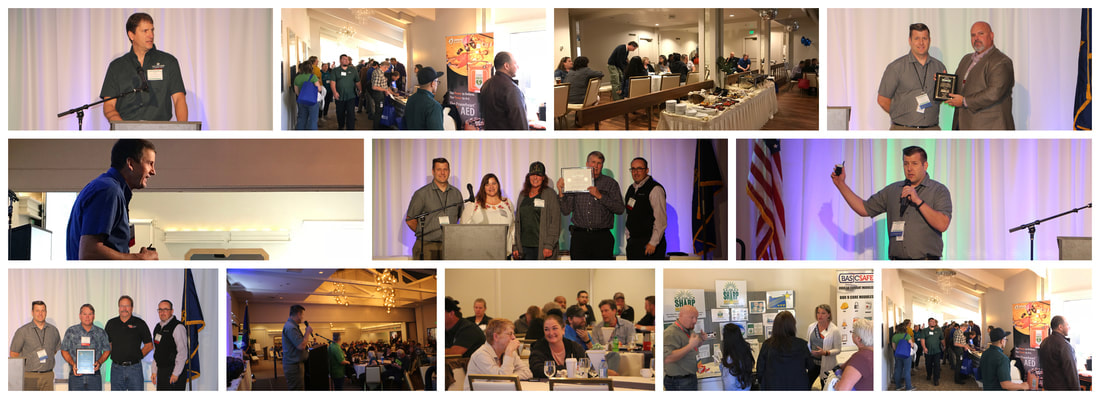PARK RIDGE, IL — The American Society of Safety Professionals (ASSP), the world’s oldest professional safety organization with 35,000 members around the globe, releases the following statement in response to OSHA’s proposed rule on heat injury and illness prevention. This statement is attributed to ASSP President Pam Walaski, CSP, FASSP:
“ASSP is a strong advocate of OSHA’s efforts to safeguard workers who face high heat and humidity hazards. While we must first analyze the proposed rule once published in the Federal Register, we know there are significant benefits to having work practice standards that help employers manage heat-related risks. That guidance includes training, rest breaks, access to shade and water, heat acclimatization and emergency response plans. Employers must have the tools and resources to identify and prevent work hazards before incidents occur. The use of standards is an effective way to implement controls that improve occupational safety and health while saving workers’ lives.
“This past February, ASSP published the first voluntary national consensus standard addressing heat stress for workers in construction and demolition operations. ANSI/ASSP A10.50-2024 offers guidance on protecting workers; explains how to acclimate workers to high heat conditions; and provides requirements for training employees and supervisors. Our guidance can be adapted to protect workers performing other outdoor jobs as well. We hope the proposed OSHA rule aligns with the industry best practices we have established to help prevent the thousands of heat-related injuries and illnesses on job sites every year.”
About ASSP – Working together for a safer, stronger future
Since 1911, the American Society of Safety Professionals has helped occupational safety and health professionals protect people, property and the environment. The nonprofit society is based in Chicago’s suburbs. Its global membership of over 35,000 professionals develops safety and health management systems that prevent injuries, illnesses and fatalities. ASSP advances its members and the safety profession by providing member communities, serving as a trusted advisor, and elevating safety through workforce development. Its flagship journal, Professional Safety, is a longtime leader in the field. Visit www.assp.org and find us on Twitter, Facebook, LinkedIn and YouTube.
Media contact: Blaine Krage, 630.842.0870, [email protected]

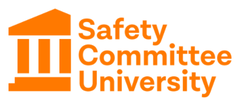
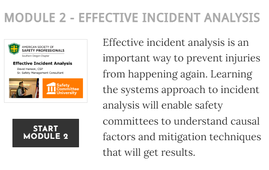
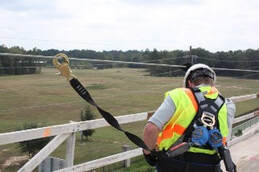
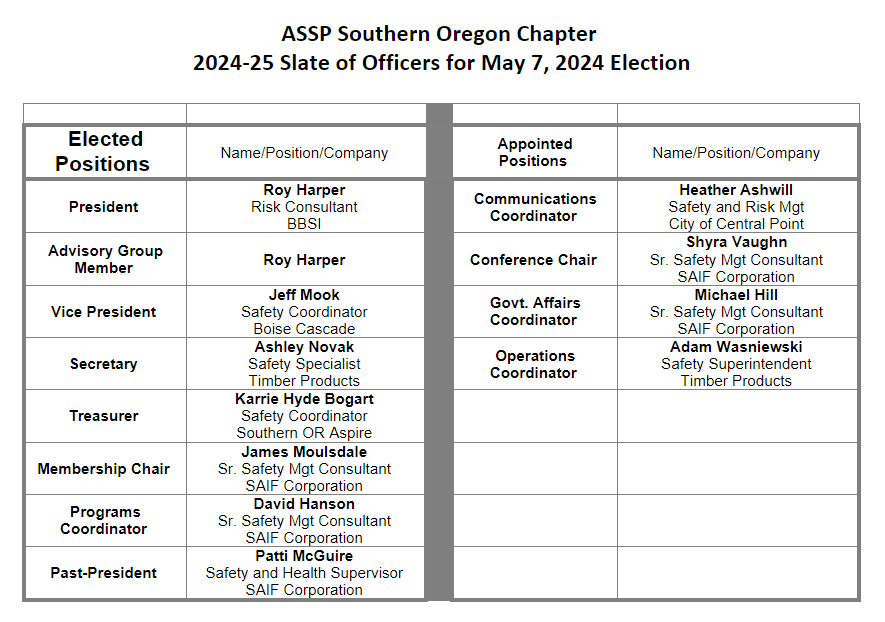



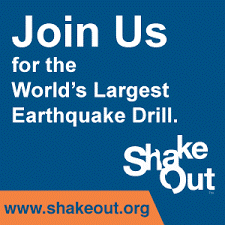
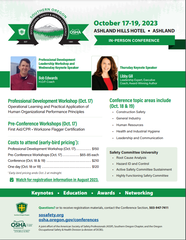

 RSS Feed
RSS Feed
